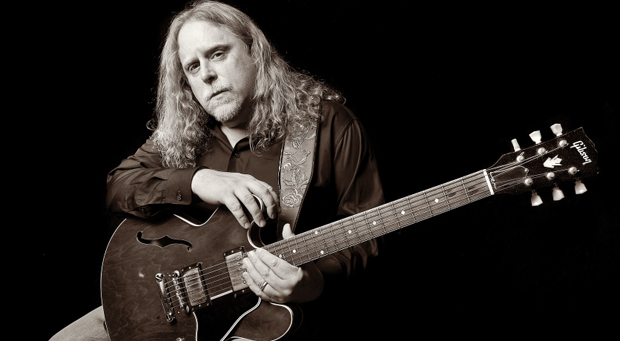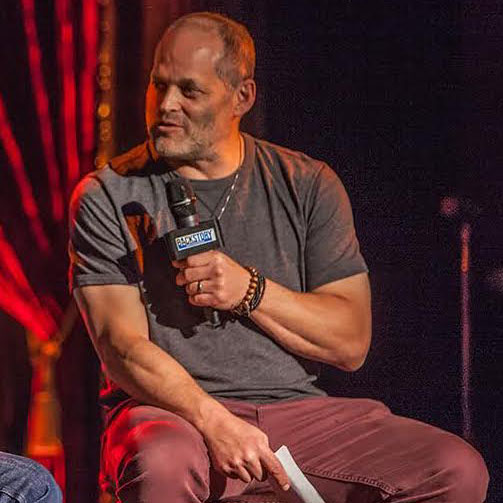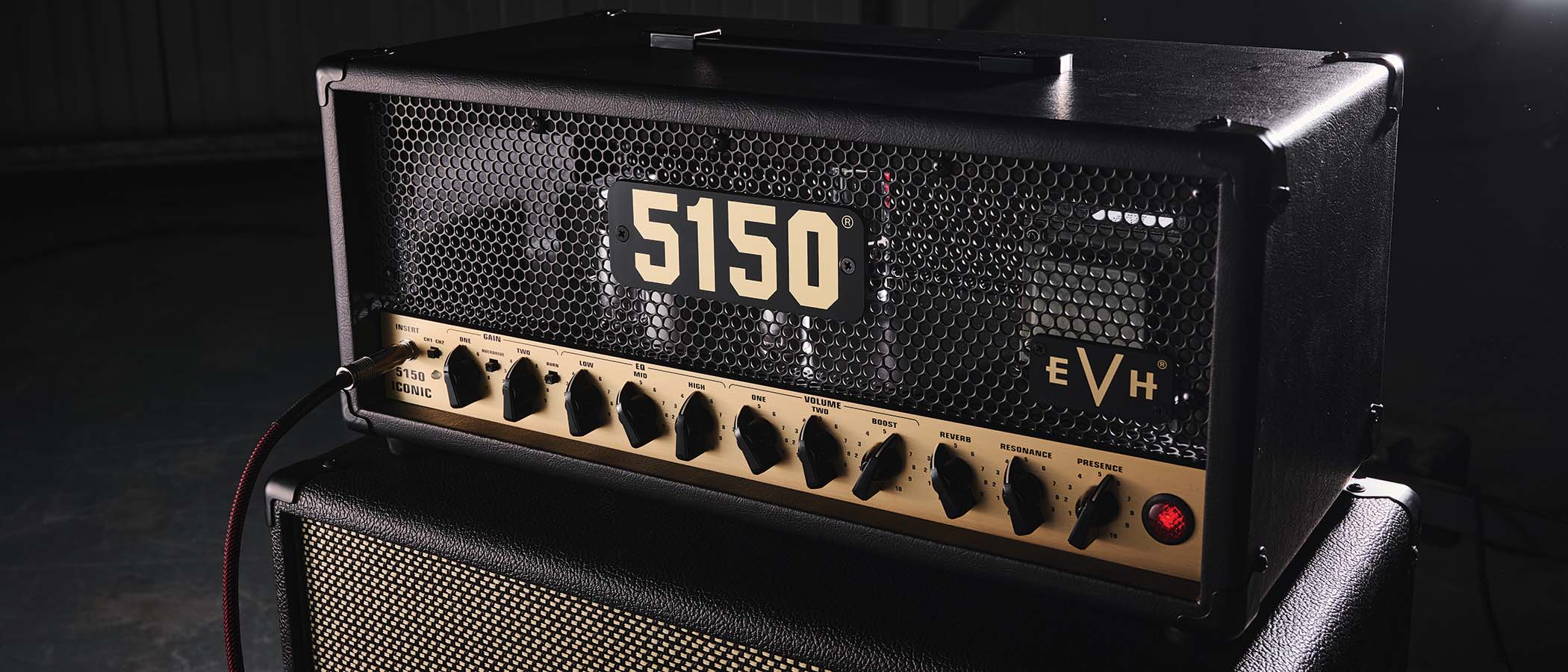
Red Rocks is a musical mecca, a natural amphitheater in the foothills of the Rockies renowned for its great sound and serene setting. On this summer night, afternoon storms have given way to sunshine. A rainbow spreads across the plains behind the stage, helping to make the place feel even more magical.
On the stage, flanked by massive slabs of red rocks, the Colorado Symphony is taking its place, the black-clad musicians ambling out to their seats with instruments in hand. It’s an unusual setting for an orchestra—and an unusual crowd for one.
The steep rows of seats are filled with longhaired fans wearing Grateful Dead and Allman Brothers T-shirts. They’re buzzing with anticipation, and maybe a little something else, too.
The conductor strides outs with a wave and takes his place in front of the musicians, with his back to the audience. Behind him, a trio of more casually dressed musicians shuffle out and take their places: drummer Jeff Sipe, bassist Lincoln Schleifer and, at the lead, guitarist Warren Haynes, who is grasping Jerry Garcia’s iconic custom-made Wolf guitar. Built for Garcia by luthier Doug Irwin in 1972 and 1973, Wolf was one of the Grateful Dead leader’s main guitars. It sold for $789,000 at auction in 2002, and its appearance here tonight is indeed special.
With a smile and a wave, Haynes is ready for business. The orchestra launches into the show’s overture, a sweeping, majestic take on the Grateful Dead’s psychedelic masterpiece “Dark Star.” It must have been precisely what Jerry Garcia’s family had in mind when they commissioned Haynes to pick material and work with arrangers to craft this unique tribute to the late guitarist.
A couple of hours later, after playing 19 Garcia songs both iconic and underground, Haynes stands in front of his dressing room in the cave-like basement backstage, shaking hands and exchanging pleasantries with orchestra members. Around the corner, small plaques mark every concert ever held at the venue, going back to 1947.
Haynes has been playing here since 1989, appearing with the Allman Brothers Band, Gov’t Mule, the Dead and Phil Lesh and Friends. A decade ago, he even received a trophy from the Red Rocks promoter after he appeared at the venue eight times with three bands in one summer. However, this is the first time Haynes has ever fronted an orchestra, and who’s to say what may come next for the prolific guitarist. After all, Haynes has always been open to musical exploration.
All the latest guitar news, interviews, lessons, reviews, deals and more, direct to your inbox!
As a case in point, look no further than Shout!, Gov’t Mule’s new, 10th studio album and their first for Blue Note Records. It’s the band’s first new recording in four years, coming on the heels of a yearlong hiatus, the first of the band’s almost 20-year career.
Featuring Haynes, drummer Matt Abts, bassist Jorgen Carlsson and keyboardist/guitarist Danny Louis, Shout! is a diverse album. Its songs range from the punchy, new wave–inspired “Funny Little Tragedy” to the album-closing guitar jam of “Bring on the Music.” This stylistic breadth is reflected in the range of guest singers who appear on the accompanying bonus disc, where they deliver their own takes on the album’s songs. Among them are Dave Matthews, Steve Winwood, Jim James, Elvis Costello, Ben Harper, Grace Potter, Myles Kennedy, Glenn Hughes and Dr. John.
Clearly, Haynes’ career is anything but predictable. As he settles into his dressing room at Red Rocks after the concert, Guitar World takes the opportunity to talk to him about these new projects and what’s ahead for him and the long-running Gov’t Mule.
GUITAR WORLD: How did this symphonic exploration of the Grateful Dead’s music come about?
Jerry’s people called to say they had an idea about putting on some performances with symphonies playing Jerry’s music. They asked me to be involved as the first guest artist. I picked the material and sent my arrangement ideas to three arrangers, who took it from there. I actually called Phil [Lesh, Grateful Dead founder and bassist] when it was time to pick arrangers and got his take on the concept and some help picking the arrangers. That’s his world. He knows more about classical music than anyone I know, and far, far more than I do.
Given your love of improvisation, performing with an orchestra must have been a special challenge.
Yes. I’m not used to doing anything quite so structured, but with a symphony that’s just the way it is. We were able to utilize the spirit of improvisation in three different ways. There are sections where the symphony will bow out and the electric band will improvise and the symphony comes back in on cue. Sometimes what the symphony is playing is orchestrated but what I’m playing on top of it is complete improvisation.
And the weirdest aspect, which I really love, is sometimes what the symphony is reading was originally improvised by the Grateful Dead, then orchestrated. For instance, the interlude of “Dark Star” that opens the show was arranged by Steven Bernstein based on a 1968 performance of “Dark Star” that I sent him. He took a four- or five-minute excerpt of it and arranged it for the orchestra, so everything they are playing was played by someone in the Grateful Dead as improvisation.
Was it hard to find the right guitar approach for this?
The biggest challenge is to be able to hear the symphony well enough to respond accordingly, because all of my soloing is based on what they’re doing. It’s made easier by the fact that I’m playing the Wolf, which instantly gives the sound that connects with this music. The owner of the guitar loaned it to me for the tour, and I got the first day of rehearsal in Pittsburgh. I was hoping I’d be able to play it for a few songs, but as soon as I plugged it in, I knew I wanted to play it all night. I just run it through my 1965 blackface Super Reverb. I borrowed a Mu-Tron [envelope filter] that I run through the effect loop in the guitar and control it the same way Jerry controlled his. Those are really the only two sounds I’m using: guitar straight in and guitar through the Mu-Tron. It just lends itself to that music. It’s very inspiring, and it makes me want to play more in that vein than I ever would otherwise. Let’s talk about Shout! which is an unusual new direction for you. Where did you get the idea of having different vocalists record your songs and include it as a bonus disc?The first three people I thought of were Elvis Costello for “Funny Little Tragedy,” Dr. John for “How Could You Stoop So Low” and Toots Hibbert for “Scared to Live.” I just heard those voices when I wrote those songs and thought of having them sing a cameo appearance. But that seemed underwhelming and like a lot of trouble to go through to have someone sing a small part of the song. So I started to think bigger. Didn’t the actual process begin with a correspondence with Elvis?Yeah. I wrote him an email asking for advice about recording the vocals for “Funny Little Tragedy,” which I wrote as a tribute to early Eighties British new wave. I had never sung a song that went this far in that direction and I wanted it to have that authentic garage-y sound, and he responded with a really nice, long email with what he used on all of his early albums, being very specific. Then he said, “You should just use something cheap, like a Shure SM58,” which I did, and it turned out great. But that planted a seed in my head: “It sure would be cool to hear him sing that song.” That seed blossomed into the entire bonus disc.Very few people would associate you with Elvis Costello. Has he always been a significant influence?He became a bigger influence over the years. I think he’s consistently written amazing songs, which is very impressive and really quite rare. From a compositional standpoint, there’s so much that can be learned listening to his work from the beginning to now, and I think it’s so important to break new ground and not just keep going back to the same well. That applies to guitar playing, to singing and, probably most of all, to songwriting.As a guitarist, do you still feel like you have something to prove? Does being so well established give you license to not burn on a song?I think on this album you probably get more different angles of my guitar playing, which is just a reflection of the diversity of the songs and what they demand of the guitar player. I’ve never believed in forcing myself on the song. There has to be a balance between respecting the song and inflicting your personality upon it.Danny Louis played the [guitar] solo on “Funny Little Tragedy,” because what he played was more appropriate than anything I would have come up with, because his style is more aligned with that genre. We recorded that live, and his solo is off the cuff. I’m playing a PRS baritone guitar on the left side, and Danny’s playing a Strat on the right side. I caught him off guard by looking at him and saying, “Danny Louis,” and having him solo. Is there more baritone guitar on this album than on your previous releases? Yes. It’s also the primary guitar on “No Reward” and “Scared to Live.” The funny thing is, after we finished these sessions, we flew down to Little Rock for a festival and Staind were on the bill. We were on the same flight back and I ended up sitting next to the guitarist, Mike Mushok. We started talking shop and I told him about this, and he goes, “That’s my signature guitar!” I only knew it was a PRS baritone. Small world.What else did you play?“World Boss” is an Epiphone solidbody that was hanging in the studio that I tuned down a half step. “Forsaken Savior” is my 1961 335 with a capo on the second fret. “Done Got Wise” is the most interesting song. I wrote it with a guitar tuned to an E7 tuning that I discovered by mistake. I was trying to tune to an open E and had not yet tuned the D string to an E. I started playing and it sounded really cool. Jorgen was sitting across from me and I started playing a bunch of slide chordal ideas in this crazy tuning, and it sounded really cool. So for the recording, I tuned an Epiphone 12-string to E7. It’s very bizarre and has a very Zeppelin-y sound, but to the best of my knowledge [Jimmy] Page never used that—nor did anyone else that I’m aware of. As a result, I had to overdub the solo. It would have been impossible to improvise a solo in that tuning. It made it fun to play a solo. I had to listen really closely because the dominant seven in every chord had its own melodic slant I had to work around. It was a cool challenge. Other than that, there’s a lot of my signature Les Paul on the record. Yet your guitar sound is different.Most of the guitar sounds are my 1969 100-watt Marshall “Plexi” that I haven’t used in a long, long time. We basically set up a cool clean sound with it and a cool dirty sound. We still used my Diaz for some of the more Fendery-sounding stuff and a Super Reverb in a couple of places.I usually go in with a bunch of amps, run them all together, mic them and decide what’s working and what isn’t so we can audition them as we’re going song for song. This array usually includes a small amp like a Fender Pro Jr. or a Gibson Skylark, sometimes at my feet like a monitor. The 4x12 cab is usually in another room, but on the stuff where I’m getting feedback and playing long solos live on the track, I had it in the room behind me, and it was so loud I had to keep cranking the headphones up to get the band up above the Marshall. You need to have the feedback on your back if you’re going to manipulate it. It’s rather amazing that you play most of your solos live on the rhythm tracks. Every time we do a record I think, Next time I will overdub more so I can experiment more. But I always end up keeping the solos that I play with the band, because that’s ultimately what I prefer: the interplay among all of us. As much as I love the challenge of playing differently, the collective improv thing always seems to win out.I did overdub a few solos, but the chemistry that I have with Matt, Jorgen and Danny is based on collective call and response. We’re all listening in a way that’s very jazz-like, and all four of us are always basing what we play on what someone else plays, so every take and live performance of a song will be different. We take that approach even with some of the simpler chord structures because I just find it more satisfying than everyone finding a part and sticking to it. The music I grew up loving was played that way, and it didn’t begin to change until the mid Seventies, which I think was to its detriment, because there was so much beautiful music made by taking that everyone-listening-to-everyone approach. It’s been four years since the last Gov’t Mule album. A lot of water has passed under the bridge since then. Do you think that all factored into this album sounding quite different from anything you’ve done?A lot of factors played into the final result. We allowed ourselves to take a hiatus, and that year off helped us gain some perspective, look back on everything we’ve done and figure out what kind of record we wanted to make. This is our most diverse record, and I don’t think we could have done it 10 years ago. Each song we brought to the table had it its own personality; it sounded like Gov’t Mule but didn’t sound like anything we had ever done, which helped the overall flow and kept the process moving forward. Next year we are celebrating our 20th anniversary, so I think it’s appropriate to shine a light on as many influences as possible and how much we’ve grown over the years. It took this long to have a license to release something this diverse. Why did it take so long?If this was our first or second album, it might be construed as too wide of a turn, but I think it makes perfect sense given the whole trajectory of the band. A lot of artists don’t take the risk of spreading themselves too thin because they’re worried that their audience won’t be accepting. With Gov’t Mule and myself, people knew from the start to expect the unexpected. And I think each record we’ve done has gone a little farther down that path. Photo: Ken Settle/Atlas Icons
Alan Paul is the author of four books, including Brothers and Sisters: The Allman Brothers Band and the Inside Story of the Album That Defined '70s as well as Texas Flood: The Inside Story of Stevie Ray Vaughan and One Way Out: The Inside Story of the Allman Brothers Band – both of which were both New York Times bestsellers – and Big in China: My Unlikely Adventures Raising a Family, Playing the Blues and Becoming a Star in Beijing, a memoir about raising a family in Beijing and forming a Chinese blues band that toured the nation. He’s been associated with Guitar World for 30 years, serving as managing editor from 1991 to 1996. He plays in two bands: Big in China and Friends of the Brothers (with Guitar World’s Andy Aledort).

